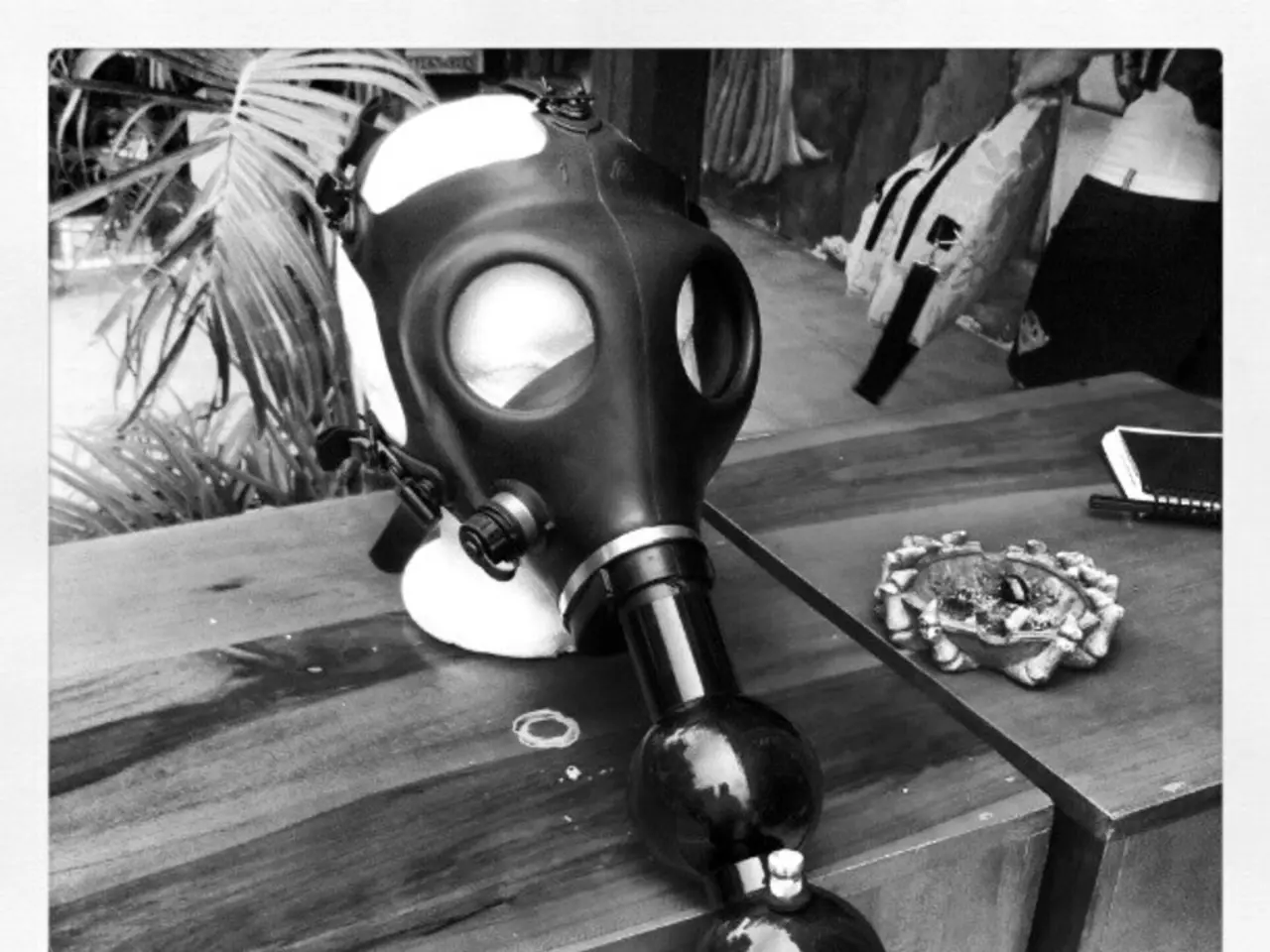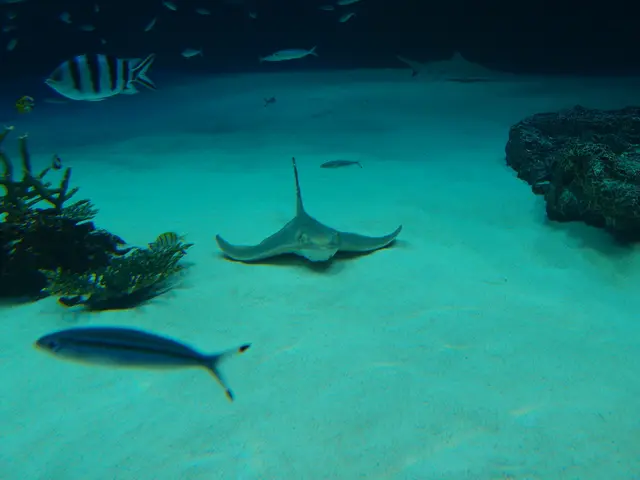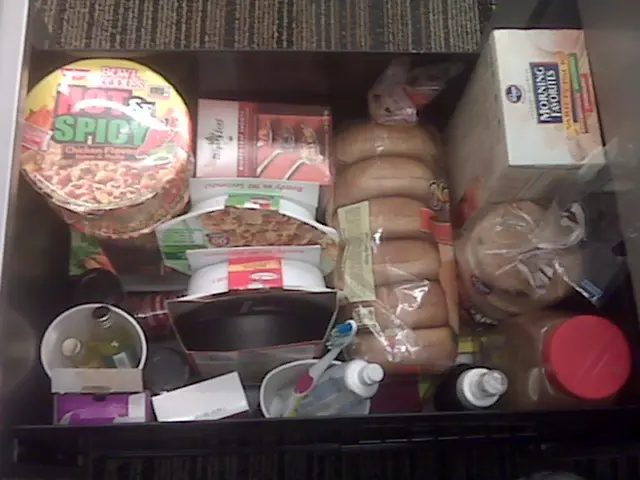Creating a Terrarium Table: A Comprehensive Guide to All Necessary Information
Building a terrarium table can be an exciting project for any plant enthusiast. Here's a step-by-step guide on how to convert your existing table into a waterproof terrarium table, complete with plant suggestions and waterproofing techniques.
Methods to Waterproof a Terrarium Table
1. Use Silicone Sealant and Glass or Acrylic Panels
- Line the table surface and inner edges with waterproof silicone sealant to prevent water leakage.
- Fit the table with glass or acrylic panels on the sides and top (if an enclosed terrarium is desired). Use silicone or specialized adhesive to secure the panels and seal all joints.
- This method creates a contained, waterproof box on the table surface for a terrarium environment.
2. Install a Plastic or Resin Tray
- Insert a plastic or resin tray (such as a hydroponic tray) into the table’s top section to act as a waterproof basin.
- Seal edges with silicone glue to ensure no water seeps through. This tray can hold soil, plants, and water safely.
- The tray can be removable, allowing easier cleaning or replanting.
3. Waterproof Paint or Epoxy Resin Coating
- Apply multiple layers of waterproof paint or epoxy resin on the table surface, especially if it is wood.
- Epoxy resin creates a hard, waterproof, glossy finish resistant to water damage.
- This is a durable method for open terrariums or succulent displays where direct water contact is common.
4. Build a Terrarium Cabinet or Frame onto the Table
- Construct a terrarium cabinet with waterproof shelves and glass panels integrated on top of the table.
- Use magnetic tape or silicone to attach glass panels securely.
Plant Suggestions for a Terrarium Table
- Succulents and Cacti Perfect for open terrariums or tables with drainage, these plants require minimal water and thrive in well-draining soil.
- Tropical Plants (for closed terrariums) Ferns, mosses, air plants (Tillandsia), and small tropical plants do well in humid, enclosed environments that retain moisture.
- Aquatic or Semi-Aquatic Plants (if converted into a water feature) Plants like Anubias, Java moss, or water lilies are suitable if the terrarium has a water basin or fish tank element.
Summary
- Seal the table surface with silicone or epoxy resin for waterproofing.
- Install a removable waterproof tray or create a glass/acrylic enclosure sealed with silicone for containing soil and water.
- Choose plant types based on your terrarium environment: succulents/cacti for dry setups, tropical plants for humid closed terrariums, and aquatic plants if incorporating water features.
- Follow DIY tutorials on terrarium cabinets and display cases for structural inspiration.
By following this guide, you'll be able to transform a regular table into a functional, waterproof terrarium display that combines aesthetic appeal with live plant care. Remember to plan out the design of the terrarium table before building to avoid compatibility issues, insufficient drainage material, or lack of soil. Happy terrarium building!
While converting your table into a waterproof terrarium table, consider using succulents and cacti for an open lifestyle setup, as these plants thrive in well-draining soil and require minimal water. For closed home-and-garden environments with a humid and enclosed terrarium, tropical plants like ferns, air plants, or small tropical plants can do well. If you plan to incorporate a water feature, aquatic plants such as Anubias, Java moss, or water lilies would be suitable choices.




